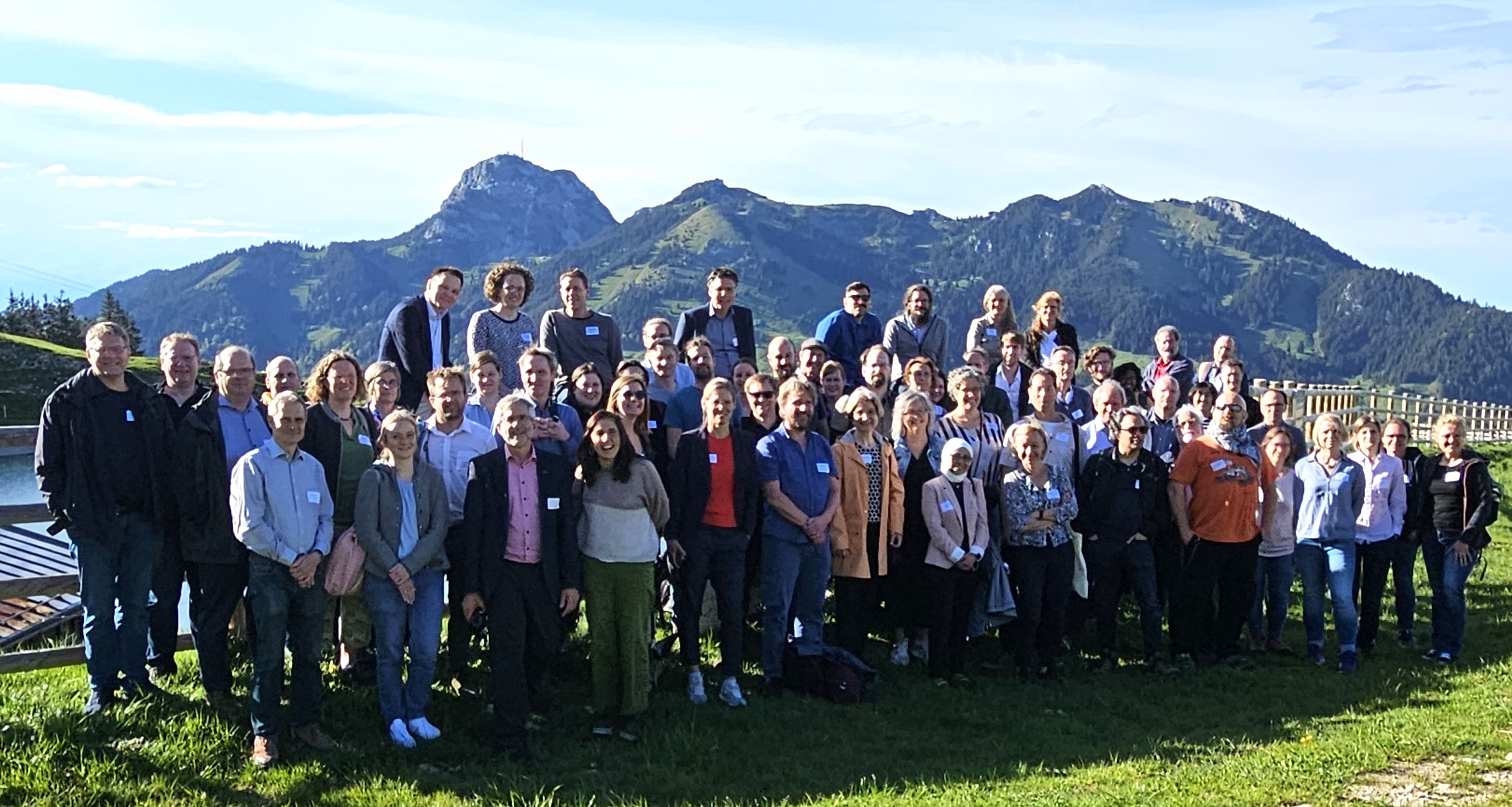Proceedings and videos of keynotes The conference proceedings and recorded keynote videos from the 12th…
Adam Watkins, TU Eindhoven, the Netherlands
Anco Peeters, Radboud University , The Netherlands
You’re more likely to find us dropping into a science fiction book rather than one of the classics. We have nothing against literary heroes such as Huckleberry Finn, Macbeth and Jane Eyre but starry backdrops and far-imagined technologies and environments have always done a better job of facilitating escapism. Regardless of your chosen genre when diving into a story, you’ll have noticed that most narratives tend to have a central character who serves as the hero. And you’ve probably noticed that heroes have a shared tendency to go on journeys.
The Hero’s Journey, or the Monomyth template, was popularised by Joseph Campbell in his book The Hero with a Thousand Faces. Within the template there are three phases to a hero’s narrative: Departure, in which our hero’s normal life is interrupted and begins a journey; Initiation, in which the hero overcomes a series of tests and, finally the Return, in which, as Campbell states, “the hero comes back from this mysterious adventure with the power to bestow boons on his fellow man”. By using liberal interpretations of words such as ‘hero’ ,’journey’, ‘challenges’ and ‘power’ it is possible to see, as Campbell and others have done, the similarities between many different forms of narrative. It is also possible to see where these Monomyth narratives overlap, reflect, and are reflected in real life.
For example, the journey narrative is partially present in the book Badass: Making Users Awesome (Kathy Sierra, 2015). Writing ostensibly about creating product sustainability, Sierra uses learning theory, cognitive science and marketing to drive home a message that creating sustainability and value is not so much about the product, as it is about what the product enables users to do and, more importantly, to become. Using examples from photography and video making she asserts this is because, after all, “…nobody wants to be a tripod master. We want to use tripods to make amazing videos”. The monomyth in real life is partly present here because we are the users and the heroes; there is the user’s Departure from normal existence (a recommendation or requirement for a tool or product) and there is the Initiation to gain mastery over the tool. Sierra’s writing focuses largely on the Initiation stage where users should be supported and guided on the route to mastery, and she asks readers to constantly refer to the wider context within which tools are developed and can be applied, in order to assist users in this part of the journey and become the titular Badass.
The final stage of the journey is the Return, where the user can “bestow boons on his fellow man”. This isn’t covered explicitly in the book, but maybe it can’t be. Even though quick-to-master tools like an electric toothbrush have a boon in the wider context (just ask your dentist), and the Martians certainly had their own reasons for using tripods, can we predict what happens at the end of such journey of learning? Can we predict in what way a user’s mastery of a tool or product will change both the user and their relationship with a wider context? How do we begin to judge a user’s new-found perspective on a tool’s societal values, or their place in the wider context?
As educational designers we also create journeys. Be it lectures, projects or entire courses, we create the calls to action, we bestow gifts to aid in the journey, we set opportunities to fail, reflect, overcome and to thereby learn. Somehow we have to create narratives to allow students to master the tool, to complete the journey and see renewed value in themselves and the wider context, the ones that hopefully become badass heroes.
Adam Watkins and Anco Peeters
